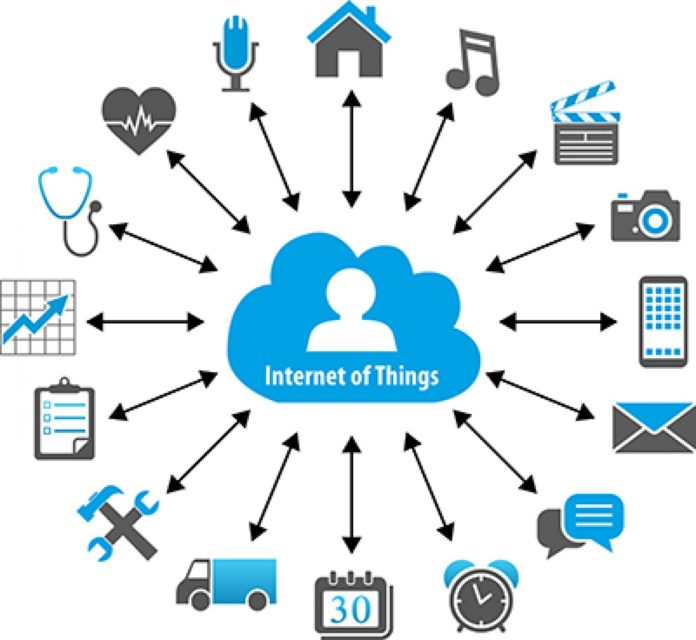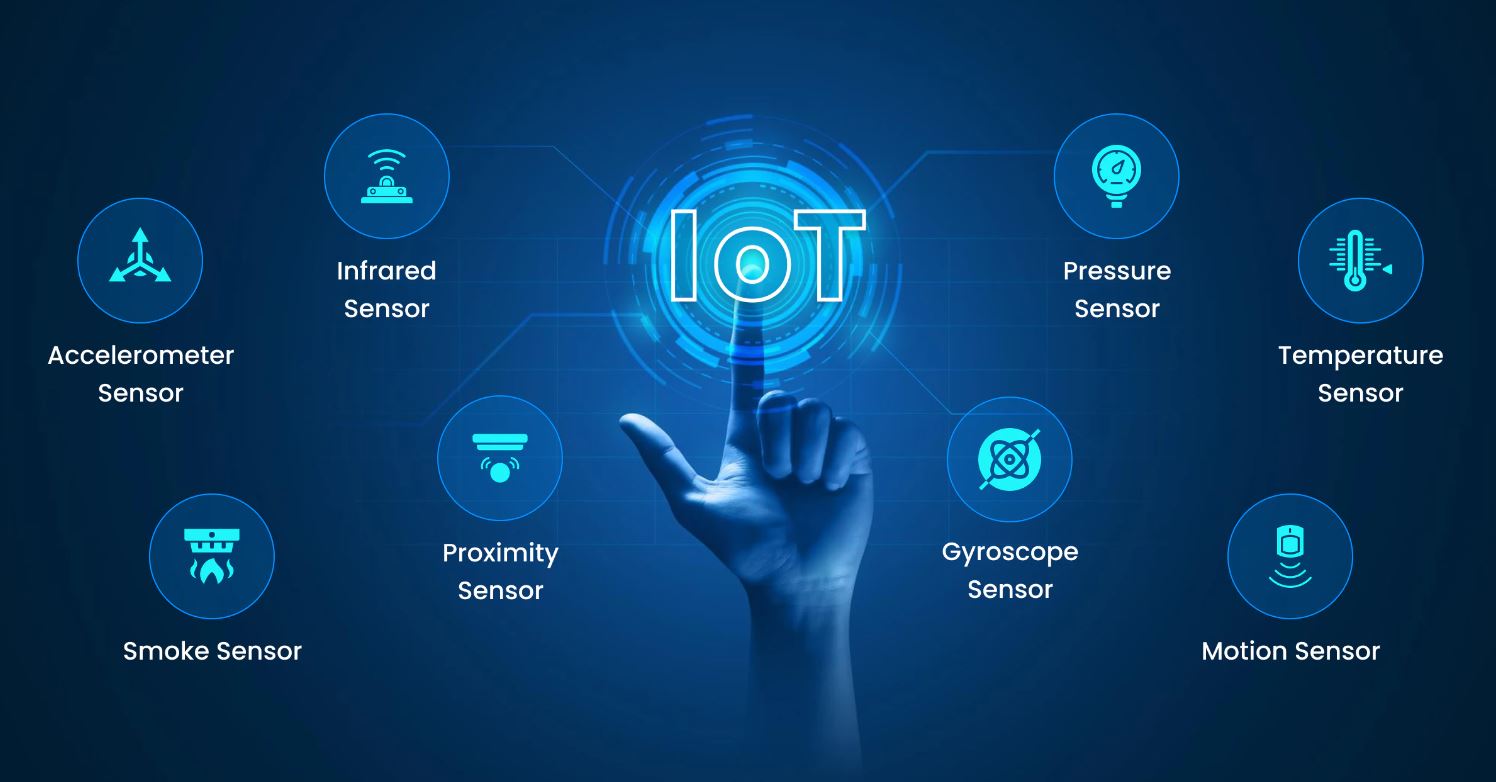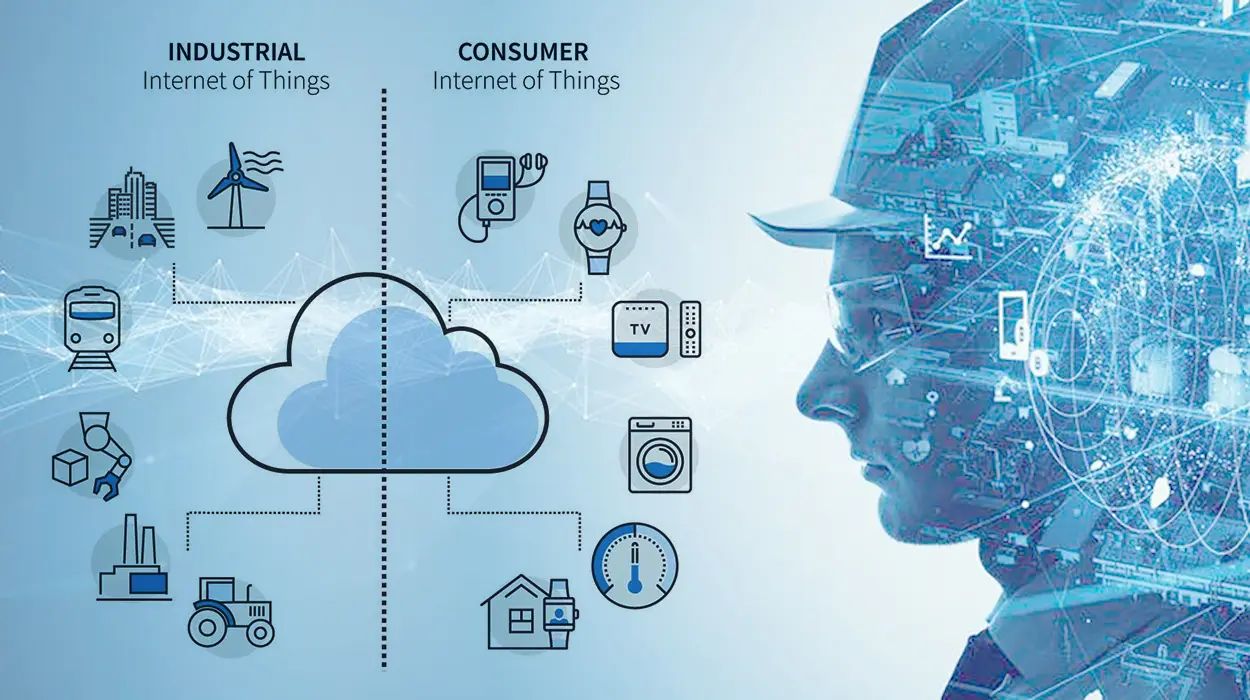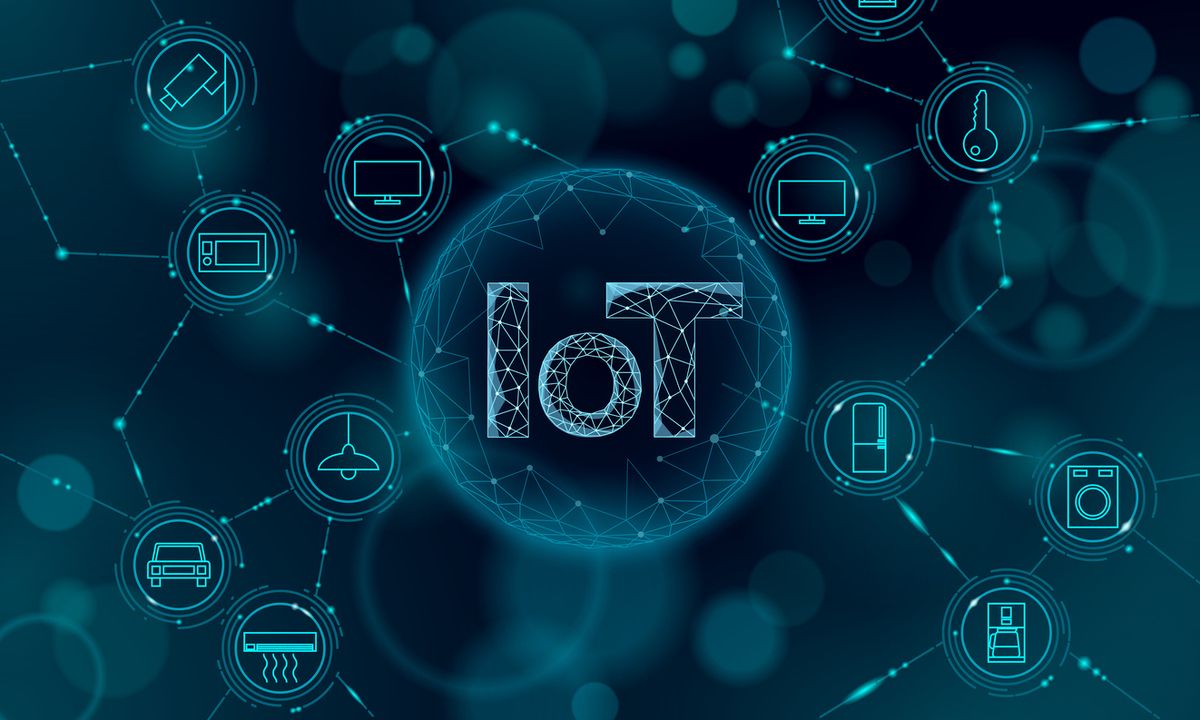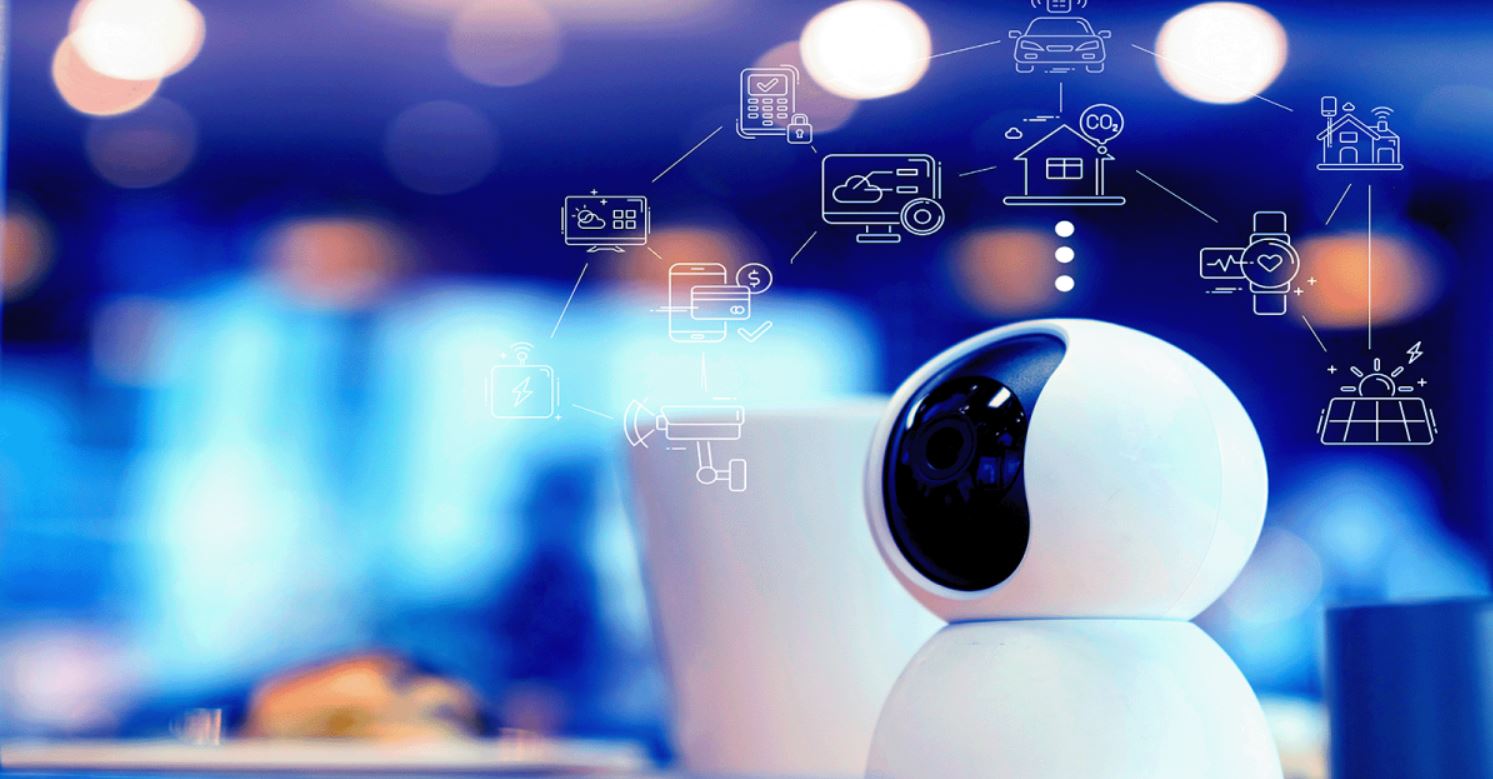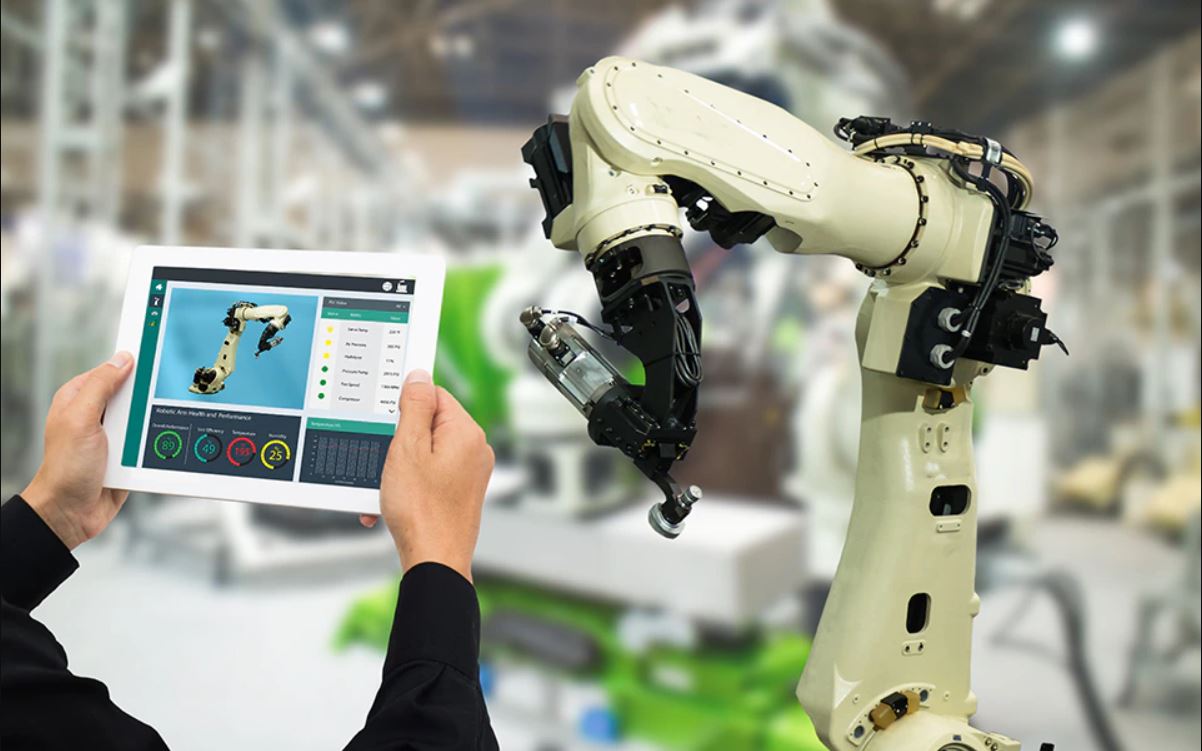Sensors and devices are an integral part of any Internet of Things (IoT) network. For an IoT network to work and be manageable, you need the Internet of Things sensors/devices. They collect and transmit data to other devices, which process the data they get. Moreover, you need an interface to manage the network based on the data collected and your choices.
IoT sensor technology is the backbone of any IoT network. You cannot collect data without a sensor that can detect temperature, motion, humidity, or acceleration. There are multiple IoT sensor types. Besides, you also have multiple Internet of Things use cases involving sensors or a combination of a device and sensors embedded in it.
What Are Internet Of Things Sensors
The IoT sensor technology is using the very same sensors that engineers and manufactures use in standalone devices and equipment not connected to a network. Many professional devices measure distance, temperature, pressure, etc. that do not connect to other devices. Hence, you need to have all the sensors readily available and connect them to other devices. This will help to create a sensor-powered IoT network.
IoT sensor manufacturers are not reinventing the wheel. They make use of existing sensor technology that is good to use within a network. Selected common types of IoT sensors are listed below.
IoT Sensors Types
- Temperature sensor
- Pressure sensor
- Proximity sensor
- Accelerometer and Gyroscope sensor
- Infrared sensor
- Optical sensor
- Gas sensor
- Smoke sensor
IoT sensor companies have a lot of sensors to choose from when looking for new applications of sensors for IoT in your home or office. But how do we use IoT sensors?
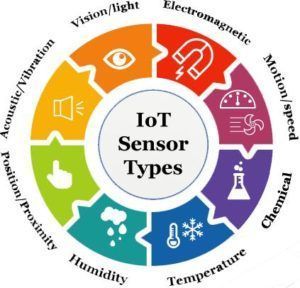

Internet Of Things Use Cases For Sensors
Sensors in IoT serve three main purposes both for professional and personal use. In industrial and office environment, IoT sensors can track items and processes. Moreover, they also determine environmental conditions. By logging data for the environment and the processes in your home and office, IoT sensors enable the use of machine learning for quality and preferences management. Also, they can trigger alerts or alarms should certain events or conditions occur.
IoT sensor technology allows for greater automation and personalization of workflow processes both at the industrial level and at home/office level.
Second, IoT sensors are being embedded in the equipment itself. This will make it work better and produce more accurate results. An assembly line might contain dozens of automated manufacturing robots. This, in turn, use one or more IoT sensors to improve quality and accuracy.
Third, miniaturization of IoT sensors and their wider availability make it possible for manufacturers of various devices to embed smart sensors in their connected products. Your smartphone is the most obvious example of IoT benefits. It enables features such as tracking of deliveries/items, use of smart beacons, the taking of space and time measurements, and more.
Internet of Things uses cases for smart sensors that exist interchangeably. Usually, one specific use case scenario involves elements from the other two. Hence, a scenario when you use various IoT sensor types to create a smart home involves some strategies that engineers use to build smart industrial facilities as well.
How IoT Sensor Technology Works At Home And Office
Fire and gas detection is probably the first example of the effectivity of IoT sensor technology for home and office use. Sensors that detect smoke and carbon monoxide (CO) are now widespread. However, the latest models of smoke & gas sensors detect a larger number of gases apart from the CO that is odorless and largely undetectable without special equipment. IoT sensors can detect and thus provide means to control dust, pollen, pollution, and particulates within your office rooms or at home. Moreover, they can also help you control room temperature, humidity, and air staleness.
Another role for smart sensors in the Internet of Things is to secure your home and office premises through connected video doorbells as well as window and door sensors. Door and window sensors react to unauthorized attempts to open them or if an intruder breaks the window or the door. Smart locks play a similar role. They can also switch on and off lights, turn off the heating, and more.
Motion sensors are one of those IoT sensor types that have a wide application both at home and for industrial or special use. Many households take advantage of connected IoT motion sensors to protect their property. Motion detectors are an integral part of the defenses of military bases and government agencies.
Leak and moisture detection is another field of application of the Internet of Things sensors. Leak detectors simply detect leaks. However, moisture sensors perform tasks that are more advanced. They can warn you of potential leaks due to freezing pipes, for instance.
Smart garage doors and smart thermostats are no news anymore. However, IoT use cases now include applications such as smart home energy monitoring and smart plugs/outlets that enable energy management at a whole new level in your home and office.
IoT Benefits For Home And Office Users
IoT sensor companies tend to promote one or another specific advantage of a connected device that usually relates to a specific sensor embedded into the device in question. But IoT sensor and the IoT sensor technology provides broader benefits that cover a wider range of use cases.
First of all, IoT sensors allow you to control your environment by monitoring your equipment and collecting data from it. Environment means not only environmental conditions but also the supply of water and energy. Equipment means any device – from a coffee machine through a fridge to a multifunctional office copier.
Then we can store the collected data for further analysis or analyze it in real-time to make the desired adjustments or take corrective actions. For instance, the above multifunctional office machine can switch off once it detects the light bulb in the room turns off, and the local time is after 19:00.
Moreover, this very machine can perform a check whether there is enough paper in its tray before switching off. It automatically orders paper refill if required. Connected sensors, IoT sensor technology, will perform all these actions. If you use machine-learning software, your copier can also analyze past sensor data to conclude that your office paper usually becomes low on Wednesdays. It will then start ordering refills every Tuesday until the data shows a different pattern. Current technology allows incorporating this functionality in the very chip that manages all the other operations of your office copier.
We can summarize the above examples into the following IoT benefits for business users.. However, the advantages will also benefit home users who use smart technologies.
Major IoT Benefits
- Sensors help utilize the resources to maximum
- Reduce human interventions
- Lowers costs and boosts productivity
- Real-time data collection, analysis, and corrections
- Decision analytics
- Better customer experiences
- Collection of unlimited high-quality data
If we extend the copier machine example to your home environment, you can have a bedroom that remembers when you usually enter the room. And this starts heating and air conditioning, say, half an hour before that time. Such IoT sensor technology makes your home a more comfortable place to live. Furthermore, it also saves energy among other IoT benefits.
This is just the start, however, as the Internet of Things sensors is yet to unveil their full potential. Besides, IoT sensor companies are yet to design even smarter systems for your home and office.
What The Future Holds For IoT Sensors
The future developments in the field of IoT sensor technology are more about connectivity and interoperability rather than the precision of measurements or fundamental technical components of IoT sensors.
Most IoT sensors now operate within a very limited local network. They connect only devices and other sensors within your home or office. Many experts even insist on keeping things as they are. This is because of the many existing and potential cybersecurity problems with connected devices in general and IoT sensors, in particular.
Many IoT devices with embedded sensors are indeed plagued by security problems even at the level of firmware. This is because security holes cannot be patched or updated to meet modern cybersecurity standards. But it is also true that IoT devices should be able to connect to wider networks and operate online without limitations if they are to realize their full potential. It is not a problem of end-users or system administrators but a responsibility of the IoT sensor manufacturers to offer IoT sensors that are both operational and secure.
Furthermore, the Internet of Things use cases ask for the application of different IoT sensor types from a different manufacturer and using different technologies to work seamlessly. It means that we need interoperable IoT sensors that can connect and work securely over different protocols and IoT platforms that in some cases are not fully compatible today.







